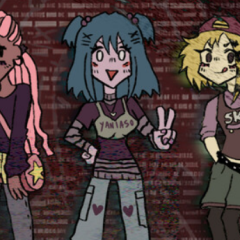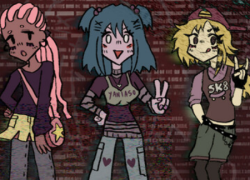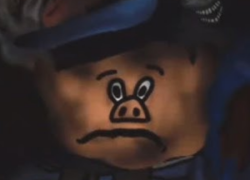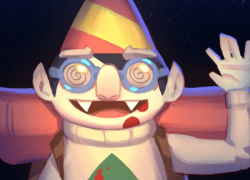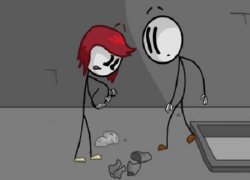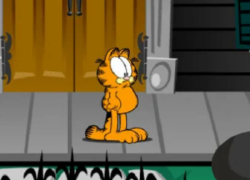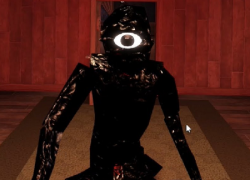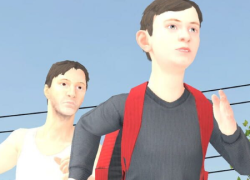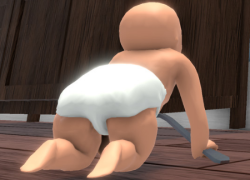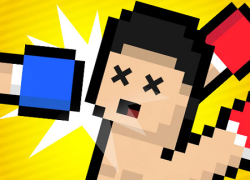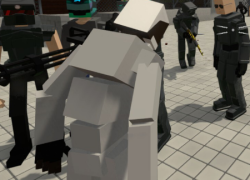Lacey’s Flash Games presents itself as a collection of harmless, colorful mini-games from the early 2000s, but something about them feels off. Each game follows a simple point-and-click format, letting players interact with different settings like pet stores, skate parks, and beauty salons. At first glance, these experiences seem lighthearted, offering different outcomes based on choices. However, as players dig deeper, they begin to notice small inconsistencies—subtle distortions, misplaced objects, and dialogues that don’t quite match the cheerful atmosphere.
Uncovering the Secrets Hidden Within
The deeper players explore, the more unsettling details emerge. The bright, cartoonish visuals contrast with hidden elements of violence, strange glitches, and eerie messages embedded within the gameplay. Some endings seem predictable, while others take unexpected turns that feel deliberately obscured. The characters, especially Lacey and her group, appear friendly at first but occasionally break the illusion, behaving in ways that suggest something beyond the typical Flash game structure. Finding every hidden layer requires repeated playthroughs, careful attention to the smallest details, and a willingness to question what seems normal.
A Digital Mystery with a Dark Edge
Beyond the games themselves, Lacey’s Flash Games carries an overarching mystery about its creation and the disappearance of one of its original developers, Rocio Yani. Players piece together information by analyzing the games, searching for hidden clues, and unraveling the unsettling truth behind their existence. The blend of nostalgia, psychological horror, and interactive storytelling transforms a seemingly innocent collection of mini-games into something much more disturbing. Whether it’s a harmless artifact of the past or a message waiting to be uncovered, the deeper players go, the less certain they become about what’s real.

